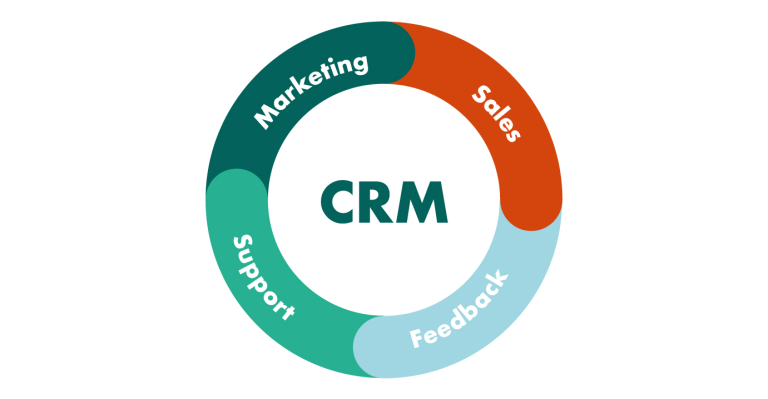How do you manage large accounts?
As a SaaS organization scales, there inevitably arises a distinction between SMB customers and enterprise customers. Generally, the division between small and medium-sized businesses and large organizations is based on contract size, user base, and internal resource allocation. The allocation of resources, in particular, is a critical factor that can either make or break a customer success team’s large account management process.
Regardless of whether your team is experienced in managing a dozen enterprise customers or preparing to onboard its first large account, it is essential to have a focused account management process tailored specifically to large accounts. Here are a few factors to consider:
1. Understand Customer Goals
In an enterprise account management process, it is crucial to recognize that large accounts are often seeking something distinct from SMB or mid-market accounts when they partner with SaaS vendors. Knowing what your enterprise customers aim to achieve with your product can influence every decision made throughout the customer journey.
2. Map Out the Customer Journey
After comprehending the goals and vision of your large account, it’s time to chart out the customer journey. Every stage of the journey, from onboarding to adoption to renewal, is critical for enterprise customers because of the complexity involved. For example, if a goal is to get all end users up and running within three months, your team may heavily focus on onboarding. If a customer aims to attain a specific adoption percentage, every stage of the customer journey should emphasize adoption and engagement on the platform.
3. Identify the Right Contact(s)
Within enterprise organizations, teams of people often come together to make decisions or act as stakeholders. For a CSM, the challenge is to identify the appropriate customer contact (or contacts) for each specific part of the customer journey. It is also a good idea to facilitate regular executive-level conversations for enterprise accounts since many decisions may impact other departments and teams across your organization.
4. Collaborate with other Departments
One of the advantages of having enterprise customers is that they are heavily invested in your technology and team. However, the downside is that many large accounts expect strategic decisions to align with their goals. Often, SaaS vendors’ strategic roadmaps tend to shift and change based on enterprise accounts’ requirements. CSMs should be prepared to bring in other departments (usually product, data, or engineering) to help mitigate any functionality conversations.
Leverage proactive, high-touch methodologies:
Ultimately, enterprise accounts have the potential to boost a SaaS organization’s revenue and corporate footprint while influencing almost every other aspect of the business, from influencing product decisions to supplying marketing with references and case studies. However, a long-term enterprise business partnership hinges on the success of the overarching account management process. Having the right process in place for both your internal team and customers is critical to long-term growth.







